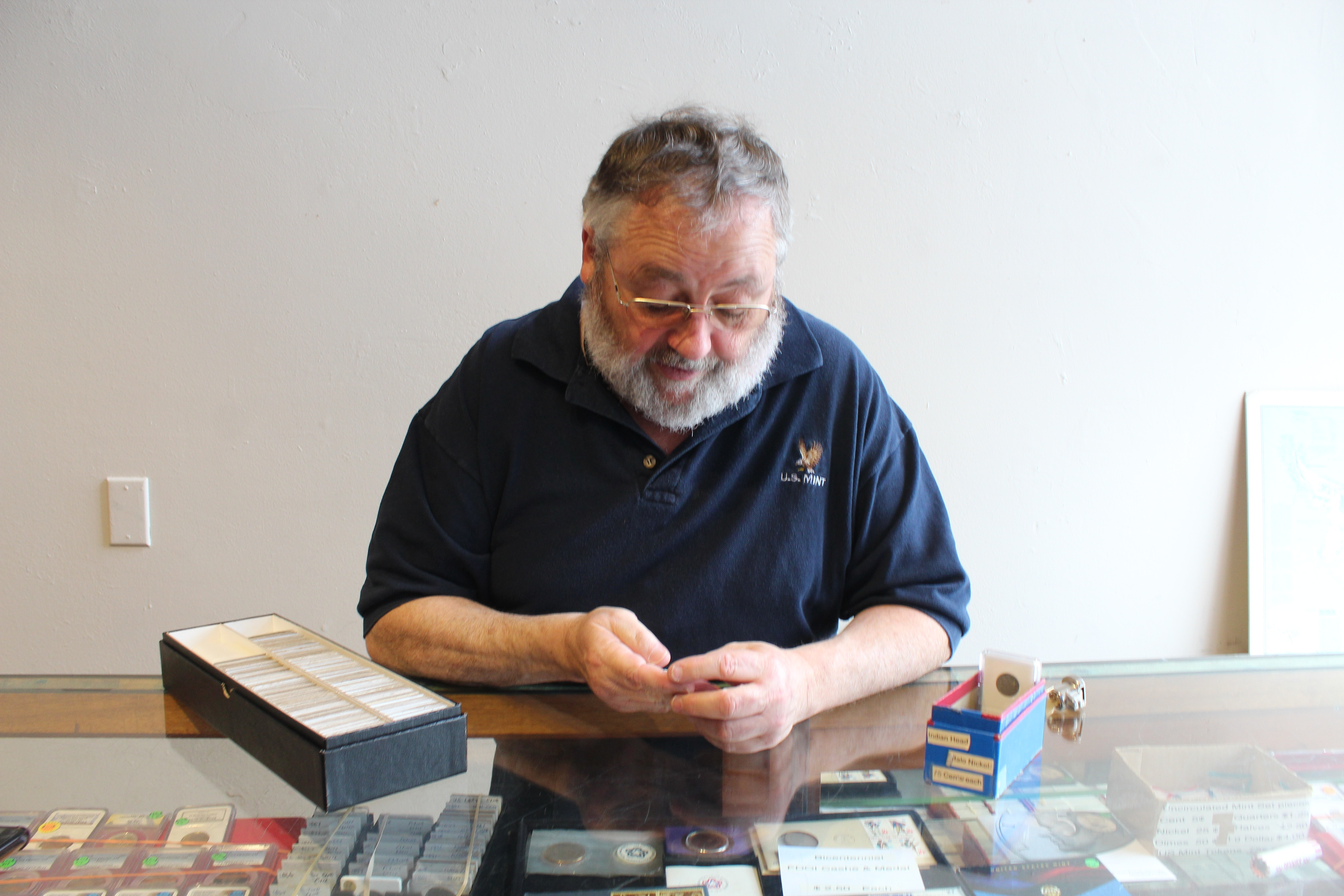Large sardine catch fills industry with profits
Published 5:00 pm Monday, August 27, 2012
The docks were hopping for 53 days between the beginning of July and late August, with boat after boat coming in loaded with the California pilchards snared from the ocean in seine nets.
Trending
After two years of declining harvest levels, the 2012 harvest guideline for the Pacific Sardine Fishery shot up by 108 percent: 109,409 metric tons compared to 52,526 last year.
The second of three sardine fishing periods this season, which started July 1 and ended midnight Wednesday, was a nearly five-fold increase in duration over last years second period, which lasted a mere 11 days.
Its not unusual for the allocation to change on average 40 to 50 percent each year based on changes to population and the (survey) modeling, said Kevin Hill, a scientist with the Southwest Fisheries Science Center who synthesizes survey data to help estimate the sardine population each year.
Trending
He added that there was evidence that a large sardine class in 2009 might have caused this recent upward trend.
The Pacific Sardine Fishery, managed through the Coastal Pelagic Species Fisheries Management Plan, is divided into three periods: Jan. 1 to June 30, July 1 to Sept. 15 (or until quota is caught in this years case, Aug. 23) and Sept. 15 to Dec. 31.
From the overall harvest guideline is subtracted certain amounts for research. The Quinault Indian Nation was reserved 9,000 metric tons of the quota. Of the original 109,409 metric tons, about 97,400 was reserved for a first come, first served commercial fishery.
Meaning of increase
Jill Smith, a biologist for the Oregon Department of Fish and Wildlife who monitors catches at local docks, said there have been catches recorded among the eight or so local processors on the North Coast 52 out of the 53 days during the second period of fishing. She estimates the catch this period at 29,000 metric tons for Oregon.
Hill, other fishermen and processors cautioned that the increase might not be a sign of anything long-term, as sardine populations those even found by surveyors can grow and shrink on the whim of weather conditions, migratory cycles and the success of surveys.
Hill said many sardines spawn off Mexico near Baja California, from March to May and in the Pacific Northwest in July and August. They travel north to feed, fattening up for the winter.
The portion of the population thats off the Northwest in any given year will depend on the age and size structure, said Hill, adding that the commercial sardine fishery, on average, targets 11 percent of the overall biomass.
The commercial sardine allocation first started falling below the 100,000-metric ton mark in 2008, when it dropped from 152,564 the previous year to 89,000. It bottomed out last year before the most recent increase back into six figures, bolstered by increasing population estimates in 2010 and 2011.
Behind the numbers
The numbers show the trends and totals but dont entirely reflect the fluctuations in the fishery, say fishermen and processors.
Youll get weeks when it seems scratchy you can load your boat, but it seems like theres not a whole lot of volume around, said Ryan Kapp, who runs his seiner catching sardines. And then the wind will blow a different direction, the tides will either speed up or slow down and there will be all the fish out there that youve ever seen before in your life.
The consistency in this fishery, I guess, is the inconsistency.
Kapp said weather can be a bigger issue than fish availability. He said the fish have always been there, whether or not surveyors were able to find them.
How the fish
are processed
Dana Ferguson, plant manager for the processor West Bay Marketing on Pier 2, estimates that when the two boats his operation contracts with are full, hell turn out 13,000 boxes of sardines each day, employing a crew of about 45.
The boats chug in from the Pacific Ocean, make their way along the Astoria waterfront and dock on the west side of Pier 2 behind West Bays portion of the long metal building dominated by the fishing industry.
There were 25 permits granted to boats participating in Oregons sardine fishery this year, 17 of which made landings in the state. Smith said there are eight companies processing sardines on the North Coast.
The pumps under the dock, and we suck them out like a big vacuum cleaner, said Ferguson about sardines being taken from the Sunrise and the West Wind, the two vessels contracting with West Bay. The Sunrise holds 130,000 pounds of fish, while the West Wind holds 110,000 pounds.
Once sucked out of the boats, the sardines are weighed before traveling on a conveyor belt into the interior of the building, where a worker parses out the broken specimens and removes bycatch, which Ferguson said is often used as crab bait.
The sardines head up the conveyor belt to a grading machine, which segregates sardines based on their size using an increasing space between rollers along the belt.
The small fish fall first and the big ones fall off at the end, said Ferguson. We get about four or five grades of fish, and we go by how many grams of fish are in a box.
The plant records the size of sardines as the number, based on their size, that will fit in a 22-pound box anywhere between 60 and 125 sardines. Workers mark the boxes with bingo stickers to show the count and date processed, then place them in the plants freezer, which can freeze up to 140 tons of fish per day.
Twelve to 14 hours later, we start taking them out, said Ferguson about what happens after freezing.
We see how red the water is, because we always carry a little water. Its pretty light, so the fish looks pretty good.
Ferguson said 95 percent of West Bays sardines goes to China and Taiwan, adding that hes sent out about 130,000 boxes this fishing period.
Steve Roestel, a plant manager for Astoria Holdings at the foot of Ninth Street overseeing about 110 employees, said he sends sardines all over the world. He estimates that his company alone will have pumped in $2 million into the local economy in wages and expenditures on things bought locally. Much of the world, he said, sees the sardine as a nutritional delicacy, high in Omega-3 fatty acids, a good source of protein and an efficient food source for people without refrigeration.
Sardines, considered foraging fish, are often sold fresh, used for bait, salted, dried, turned into fish meal or canned in oil.
What the future holds
The third and final period of sardine fishing starts Sept. 15 with a remaining allocation of approximately 23,352 metric tons left to catch, depending on whats left over from the previous two periods. Until then, the sardine industry is running sonar and aerial surveys, trying to ascertain the sardine stock.
Few will venture a guess as to what the allocation will be next year.
I wish there was a way to tell, said Roestel. Its not only scientific, but its also political.
Concerned over what they believe to be off-kilter quotas based on ineffective survey techniques, sardine industry members banded together in 2008, pooling about $250,000 to begin surveys using different techniques and different scientists.
A sequel to this story will look at how the survey process works for estimating sardine populations.









